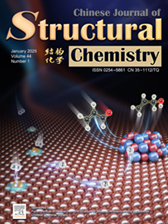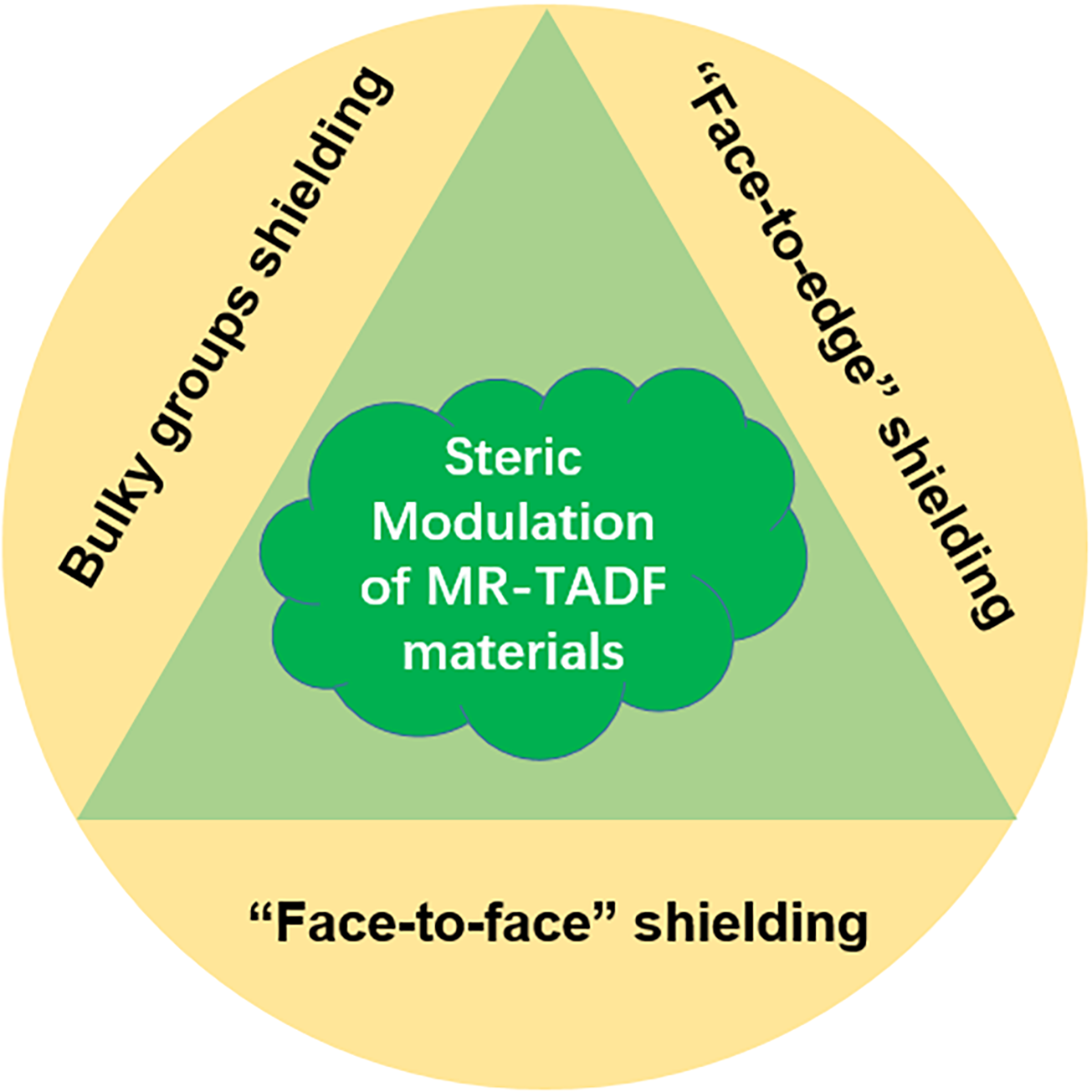
Cover Picture
Hydrogen spillover enhances the selective hydrogenation of α,β-unsaturated aldehydes on the Cu–O–Ce interface
Jinyuan Cui, Tingting Yang, Teng Xu, Jin Lin, Kunlong Liu*, Pengxin Liu* Submit a Manuscript
Hydrogen spillover enhances the selective hydrogenation of α,β-unsaturated aldehydes on the Cu–O–Ce interface
Jinyuan Cui, Tingting Yang, Teng Xu, Jin Lin, Kunlong Liu*, Pengxin Liu* Submit a Manuscript
Recent progress in steric modulation of MR-TADF materials and doping concentration independent OLEDs with narrowband emission
Jun-Yi Wang, Jue-Yu Bao, Zheng-Guang Wu⁎, Zheng-Yin Du, Xunwen Xiao, Xu-Feng Luo⁎
Chin. J. Struct. Chem., 2025, 44(1), 100451. DOI: 10.1016/j.cjsc.2024.100451
January 1, 2025
Multiple-resonance; Thermally activated delayed fluorescence; Steric modulation; π-π stacking; Narrowband emissive OLED
ABSTRACT
Multiple-resonance thermally activated delayed fluorescence (MR-TADF) materials hold significant promise for advancing narrowband emissive organic light-emitting diodes (OLEDs) due to their attractive narrowband emission characteristics, high emission intensity, and tunable emission colors. However, the planar nature of MR-TADF materials leads to serve π-π stacking, which can result in concentration quenching and spectral broadening, thereby limiting their further application in OLEDs. Currently, to mitigate the π-π stacking in MR-TADF materials, steric modulation is a reliable design strategy for optimizing the related molecular structures. Depending on the specific shape and scope of steric modulation, it can be categorized into the introduction of bulky groups around the resonance core, “face-to-edge” and “face-to-face” shielding between the resonance core and the steric hindrance moiety. This review systematically summarizes the structural design of MR-TADF molecules based on the different steric modulation strategies and their progress in the doping concentration-independent OLEDs. It also discusses the challenges in this research area and offers an outlook on future developments. We believe that this review will drive the rapid industrialization of narrow-emission OLEDs.







